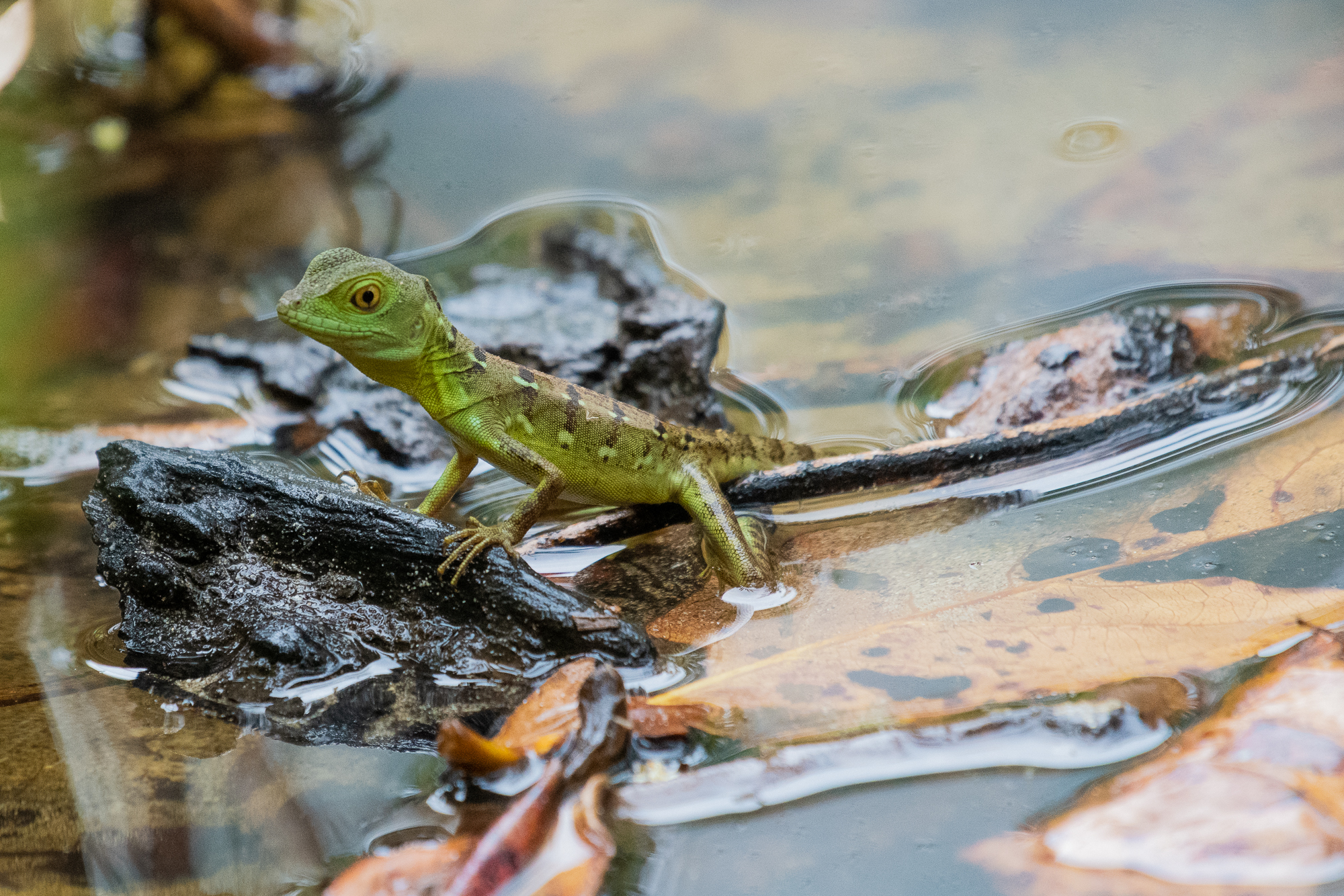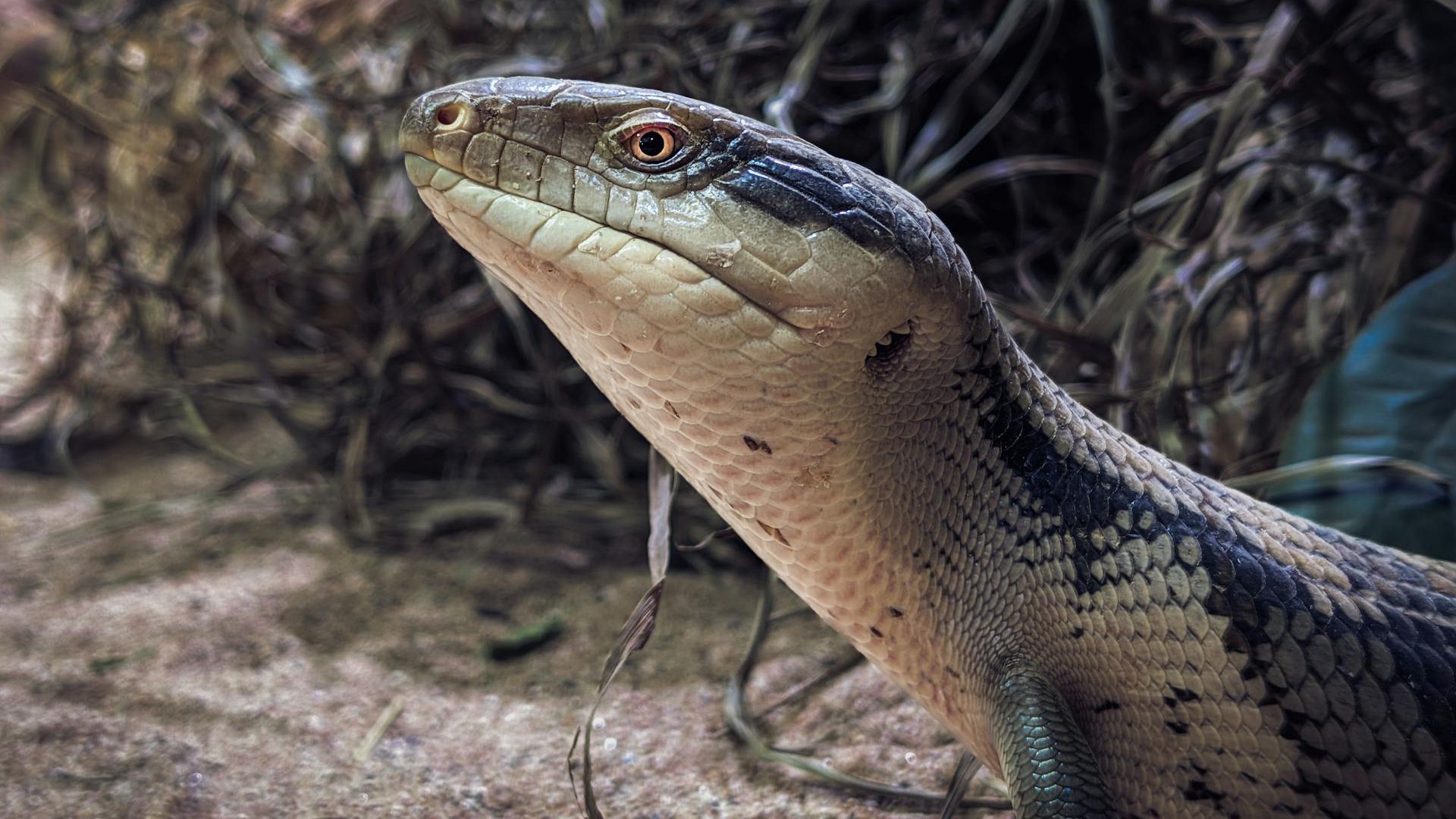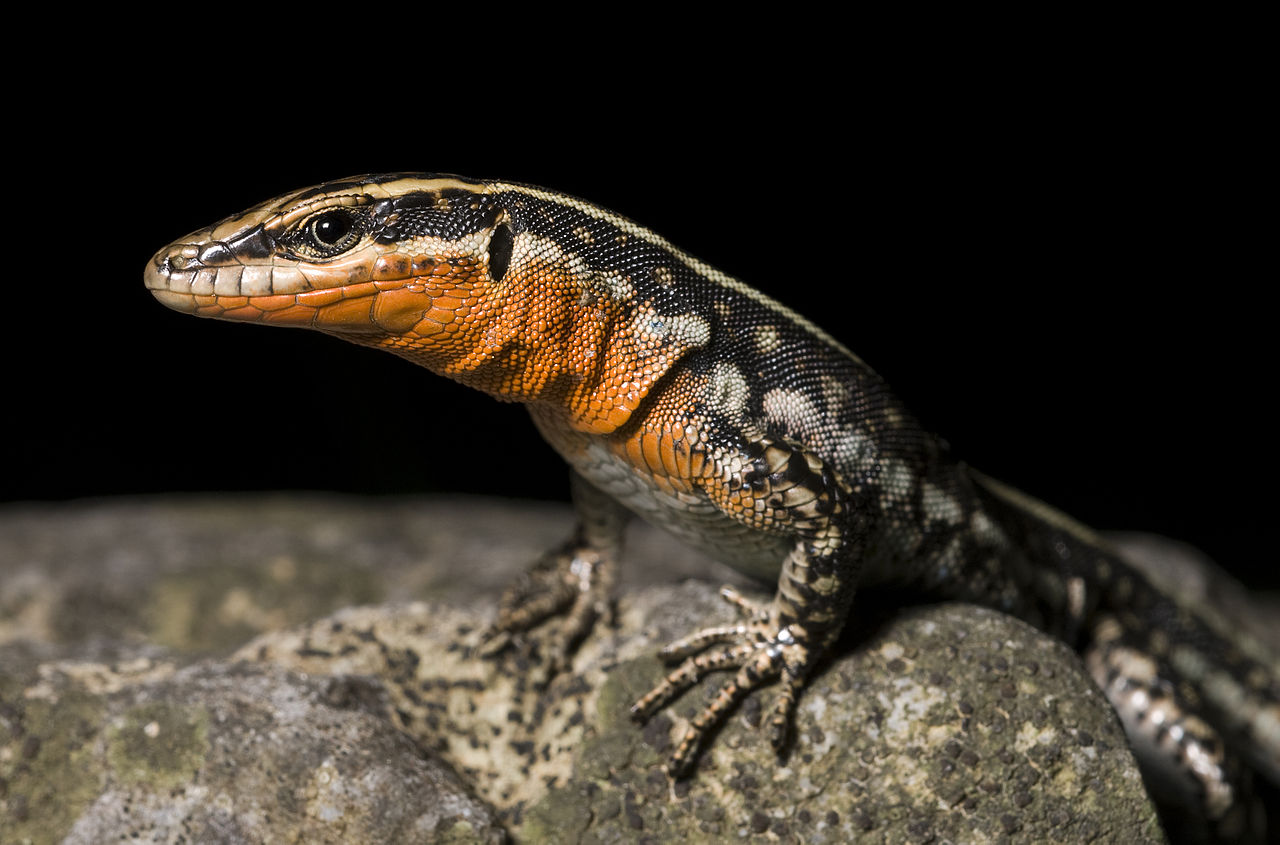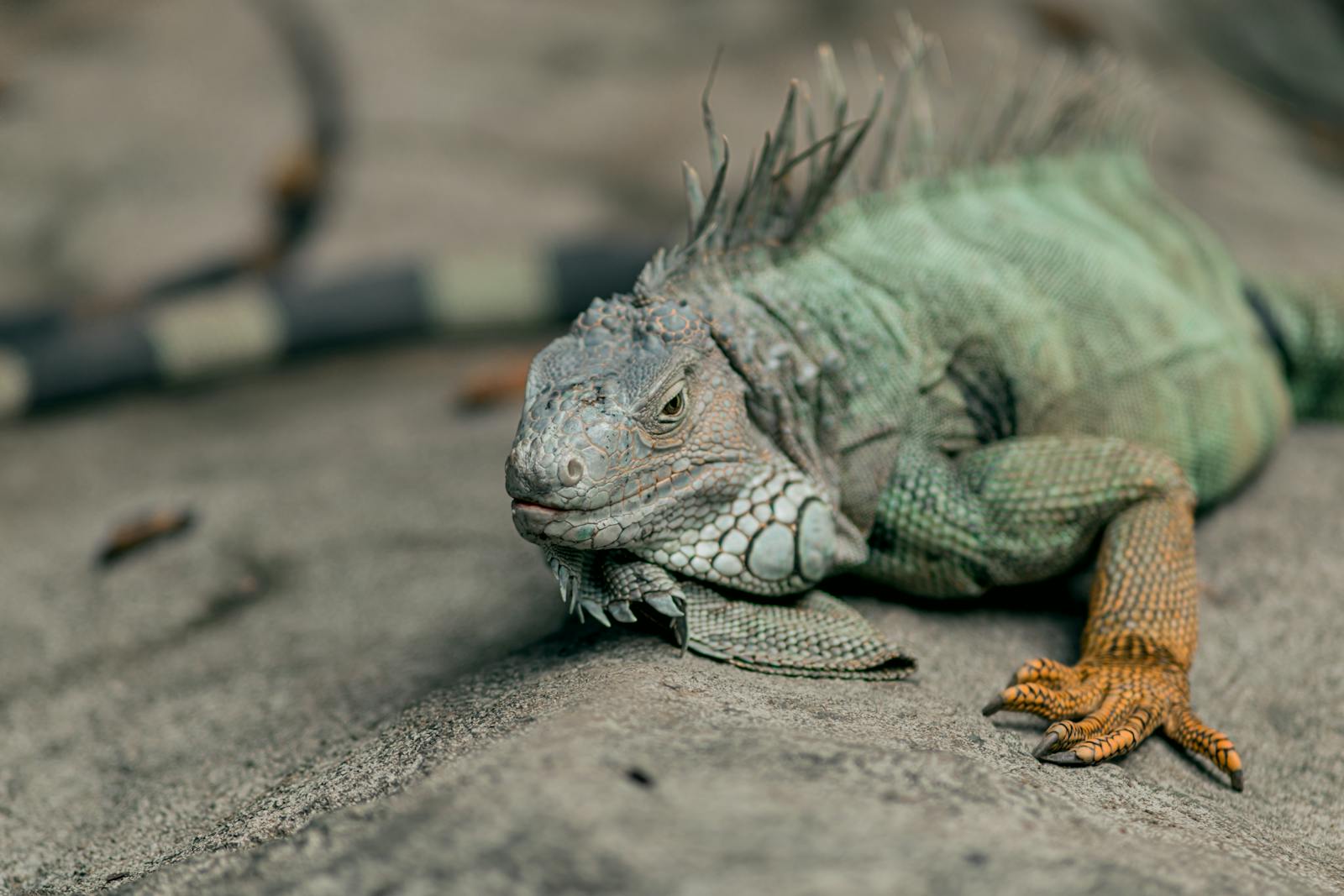In the dense, tropical rainforests of Central and South America, a remarkable reptilian performer showcases one of nature’s most astonishing feats. The basilisk lizard, commonly known as the Jesus lizard, appears to defy physics as it sprints across water surfaces with seemingly miraculous ease. This extraordinary ability has captivated scientists, nature enthusiasts, and casual observers alike for generations. While walking on water remains firmly in the realm of biblical miracles for humans, these remarkable lizards have evolved specialized adaptations that allow them to achieve what appears magical to our eyes. Their water-running capability represents one of evolution’s most ingenious solutions to the problem of escaping predators in their unique rainforest habitats.
The Basilisk Lizard: Nature’s Water Walker

The common basilisk (Basiliscus basiliscus) belongs to a genus comprising four species of large lizards native to Latin America, ranging from southern Mexico to Ecuador and Venezuela. These reptiles are members of the Corytophanidae family and are sometimes called double-crested basilisks due to the distinctive crest on their heads. Adult males typically grow to about 2-3 feet in length, including their long tail, while females remain somewhat smaller. Their natural coloration ranges from olive-brown to bright green, helping them blend perfectly into their lush rainforest surroundings. What truly sets these lizards apart, however, is not their appearance but their remarkable locomotion method that has earned them their biblical nickname.
The Physics Behind the Miracle
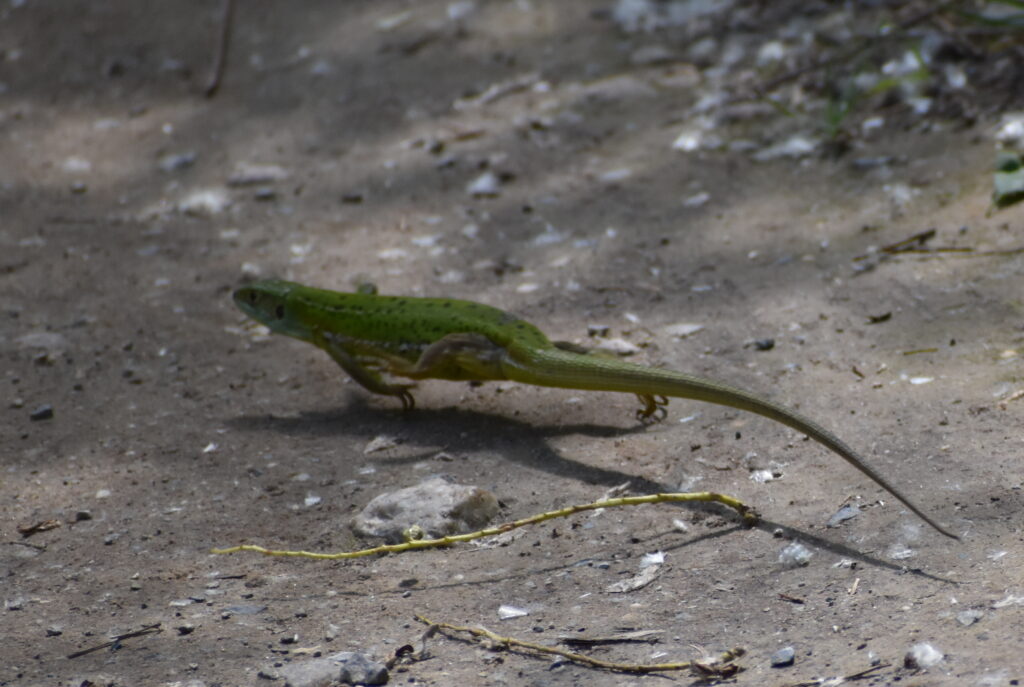
The basilisk’s water-running ability isn’t actually a violation of physics but rather an ingenious exploitation of physical principles. When the lizard runs on water, it relies on a combination of surface tension and the creation of air pockets to prevent sinking. Surface tension alone isn’t sufficient to support the lizard’s weight, so the key lies in how quickly it moves its feet. As the basilisk slaps its splayed feet against the water surface, it creates small air pockets that temporarily prevent complete submersion. The lizard must maintain high speed—up to 5 feet per second—to continue producing these supporting air pockets before the previous ones collapse. This continuous motion creates what scientists call a “slap and stroke” technique that generates both upward force and forward propulsion simultaneously.
Specialized Anatomical Adaptations
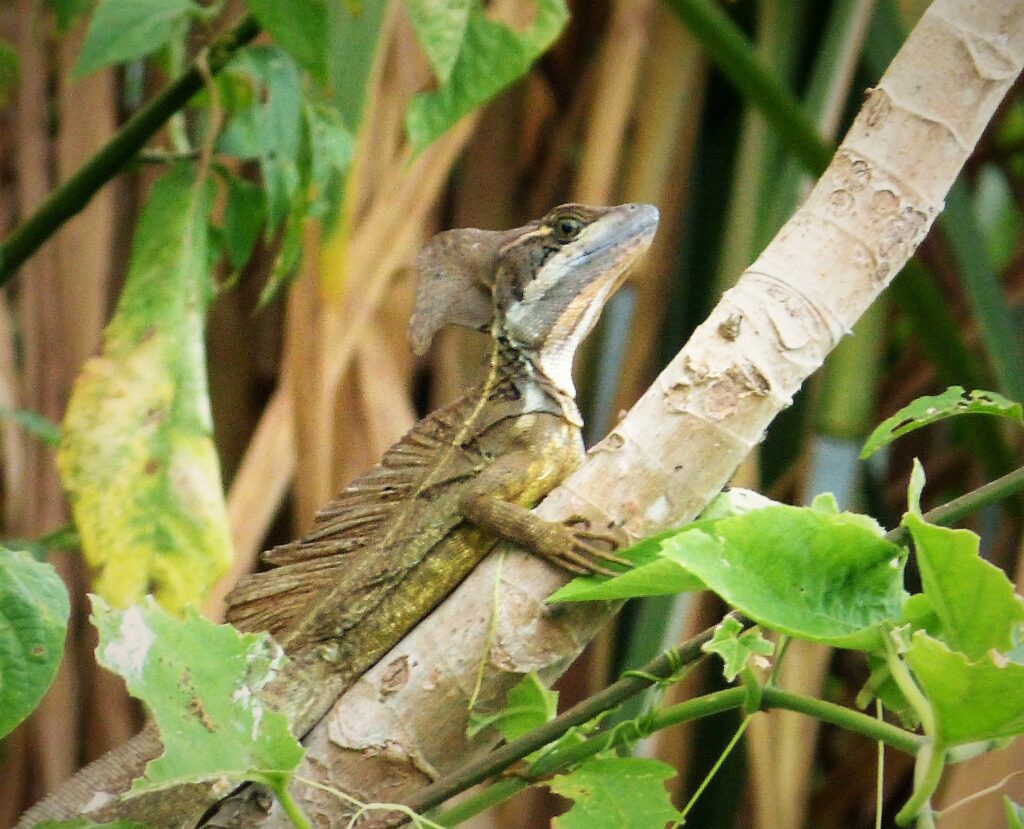
Basilisk lizards possess several key anatomical features that enable their water-running prowess. Their hind feet are particularly specialized with elongated toes that feature fringed scales along the edges. These scales effectively increase the surface area of each foot, allowing for better weight distribution across the water surface and enhanced creation of supporting air pockets. The long toes can spread wide to further distribute weight during water running. Additionally, basilisks have powerful hind leg muscles that generate the necessary thrust for maintaining their rapid pace across water. Their relatively light body weight compared to their size also contributes significantly to their ability, as heavier animals would require exponentially more force to achieve the same feat.
The Water-Running Technique
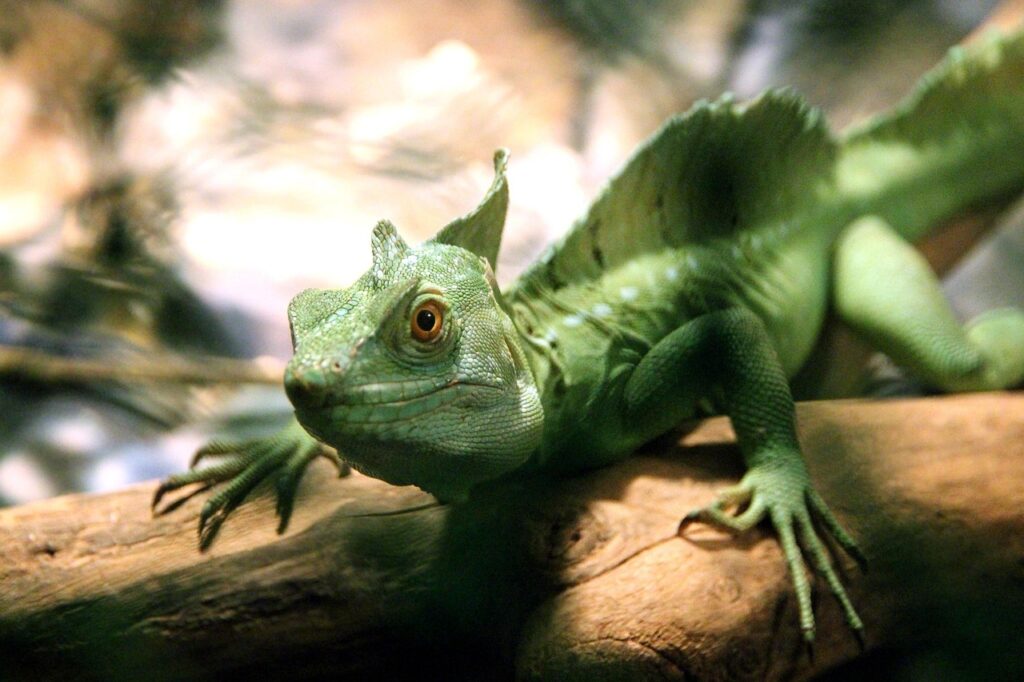
The basilisk’s water-running technique involves a precise sequence of movements that must be executed with perfect timing. The lizard begins by propelling itself from a solid surface, typically a branch overhanging water, and immediately transitions into an upright, bipedal stance. As it contacts the water surface, the basilisk’s body leans slightly forward while its tail lifts upward, providing crucial balance. Each foot strike follows a carefully coordinated pattern where the splayed toes slap downward and then stroke backward through the water, generating both lift and propulsion. The front legs typically remain folded against the body during peak speed, only extending for additional balance when necessary. This technique allows the basilisk to maintain just enough force to counteract gravity while continuously moving forward.
The Age Factor in Water Running

The ability to run on water varies significantly with the basilisk’s age and size. Young basilisks, being lighter and smaller, can perform this feat with relative ease and can often sustain water running for longer distances. As basilisks mature and gain weight, the physics become more challenging, requiring more energy and perfect execution. Adult females, which remain smaller than males, generally retain better water-running capabilities throughout their lives. Full-grown males, being the heaviest, have the most difficulty with water running and may only manage shorter distances before having to switch to swimming. This size-dependent limitation perfectly illustrates the delicate balance between body mass and the force required to overcome gravity during water running.
Ecological Significance of Water Running
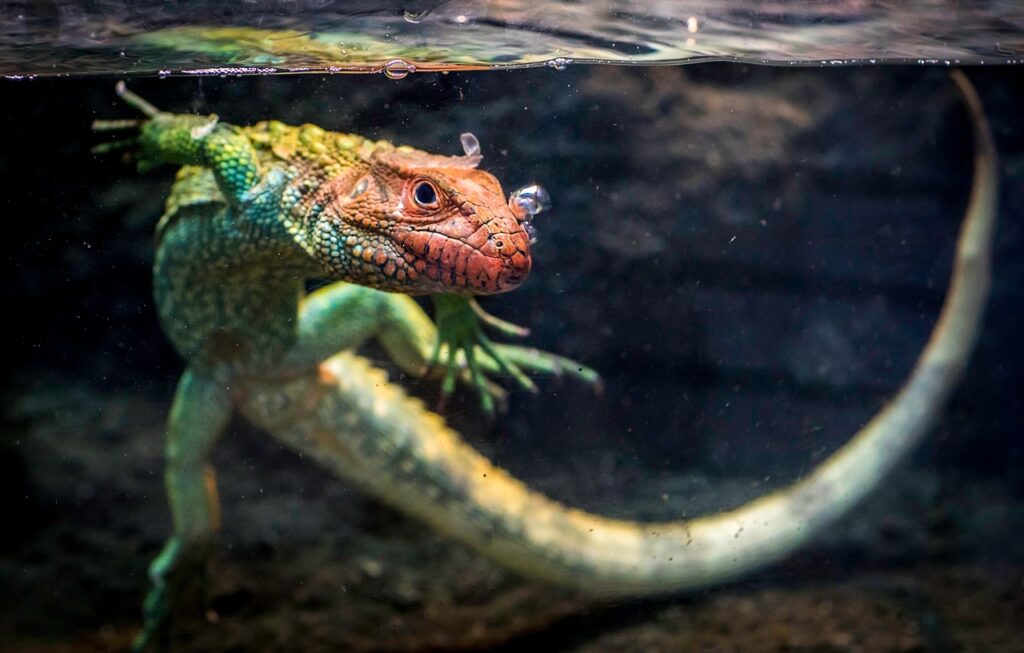
The basilisk’s remarkable locomotion method serves crucial ecological functions within its rainforest habitat. Primarily, water running provides an emergency escape route from terrestrial predators like snakes, birds of prey, and mammals that cannot follow them across water surfaces. This adaptation allows basilisks to inhabit the boundaries between land and water, exploiting food sources and shelter from both environments while maintaining an effective escape strategy. Additionally, water running enables quick transitions between separated forest areas without having to descend to the forest floor, where predation risk is typically higher. This specialized adaptation has helped shape the basilisk’s ecological niche, allowing these lizards to thrive in environments with high predation pressure.
Comparing Jesus Lizards to Other Water-Walking Animals
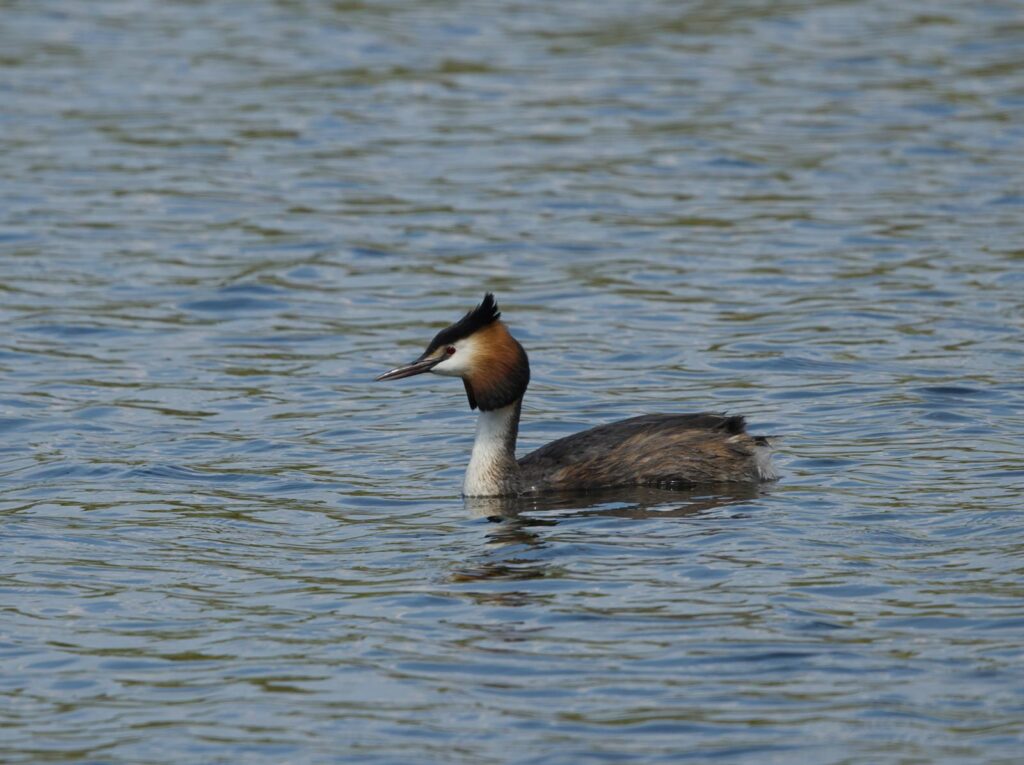
While basilisks are the most famous water-running reptiles, they aren’t entirely alone in this ability. Certain other animals have evolved similar, though less developed, water surface locomotion techniques. The common water strider insect truly walks on water, using surface tension alone due to its extremely light weight and specialized leg structures. Some fishing spiders can also run across water surfaces using a similar principle. Among vertebrates, the Western and Clark’s grebes perform a spectacular courtship display called “rushing” where they run upright across water for short distances. Young aquatic birds like ducklings can sometimes briefly scamper across water surfaces before gaining sufficient weight to sink. However, the basilisk remains unique among reptiles for the extent and effectiveness of its water-running adaptation.
The Role of Habitat in Developing Water Running
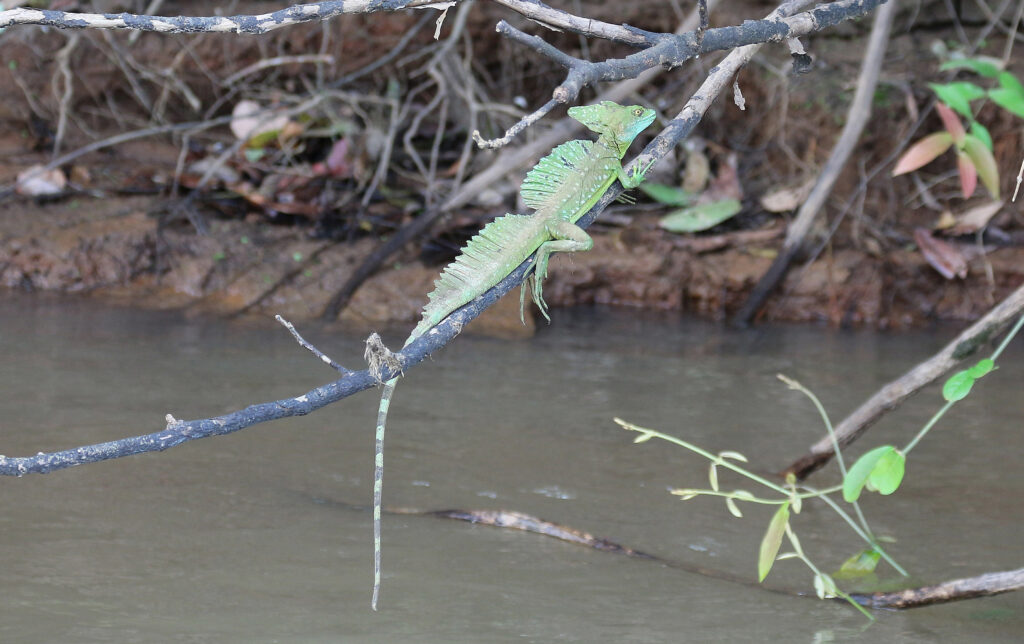
The basilisk’s water-running ability appears intimately connected to its tropical rainforest habitat. These lizards typically live along forest streams, rivers, and swamps where water bodies create natural boundaries and potential escape routes. The abundant rainfall in tropical regions ensures that water surfaces are consistently available as potential escape pathways. Furthermore, the dense forest canopy above these waterways provides the elevated perches from which basilisks can launch themselves when needed. The combination of persistent predation pressure in these biodiversity hotspots and the omnipresence of water bodies likely created the perfect evolutionary conditions for the development of water running as a specialized escape mechanism. This habitat specificity explains why we don’t see water-running adaptations in lizards from arid or temperate environments.
Scientific Research and Biomimicry Applications
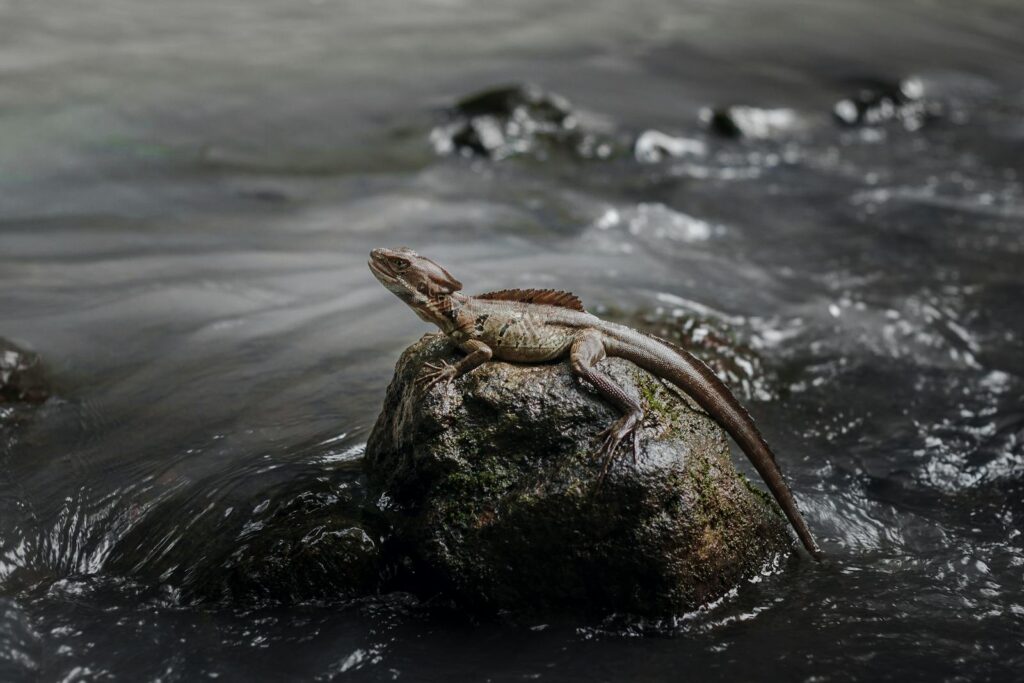
The basilisk’s water-running ability has attracted significant scientific interest, particularly in the fields of biomechanics and robotics. Researchers have conducted high-speed video analysis of basilisk locomotion to understand the precise mechanics involved in generating sufficient upward force. This research has inspired the development of robots that can mimic the basilisk’s water-running technique, potentially opening applications for machines that can traverse both land and water surfaces. The “Basilisk-inspired robot” project at Carnegie Mellon University successfully created small robots that could run across water using similar principles of slapping and stroking. Defense agencies have shown interest in such technology for amphibious surveillance devices, while search and rescue organizations see potential applications for accessing environments where both water and land navigation is required.
Threats to Jesus Lizard Populations
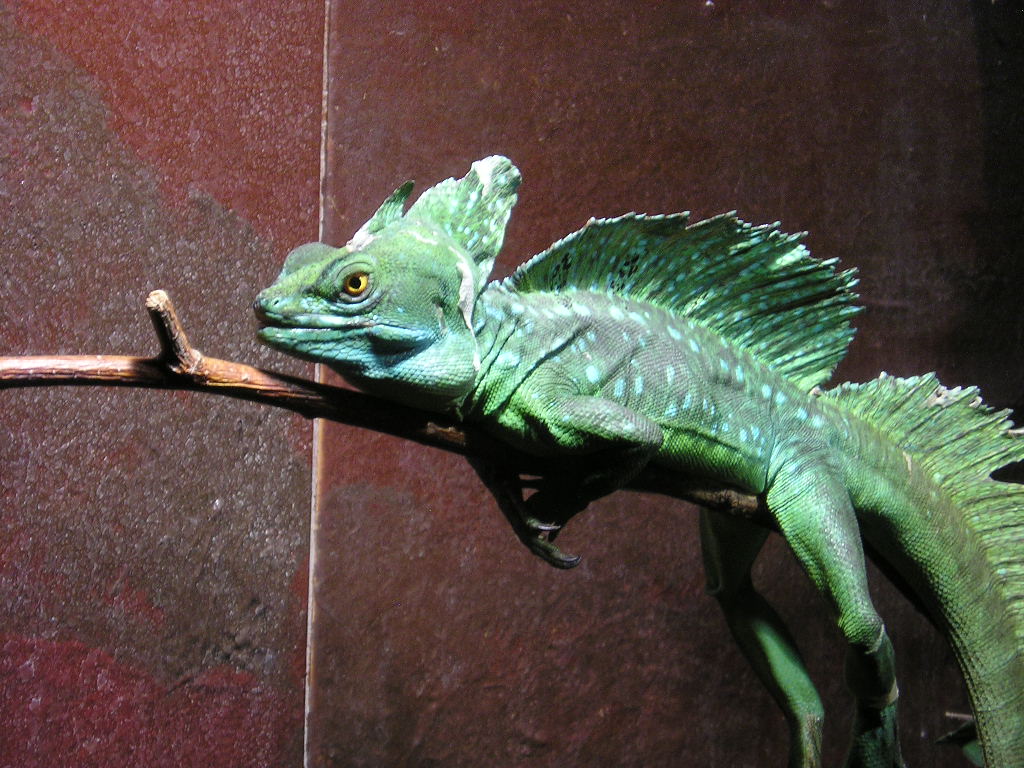
Despite their remarkable adaptations, basilisk lizards face increasing threats in their native habitats. Deforestation throughout Central and South America has significantly reduced available rainforest habitat, disrupting the specialized environment these lizards require. Water pollution affects both the lizards directly and their prey sources, particularly in areas where mining, agriculture, and urban development contaminate waterways. The exotic pet trade has also impacted some basilisk populations, as these charismatic lizards are sought after by collectors fascinated by their water-running ability. Climate change poses perhaps the most pervasive threat, as shifting rainfall patterns may alter the availability of water bodies and affect the delicate balance of rainforest ecosystems. Conservation efforts now focus on habitat preservation and sustainable management of areas where healthy basilisk populations remain.
Cultural Significance and Religious Connections
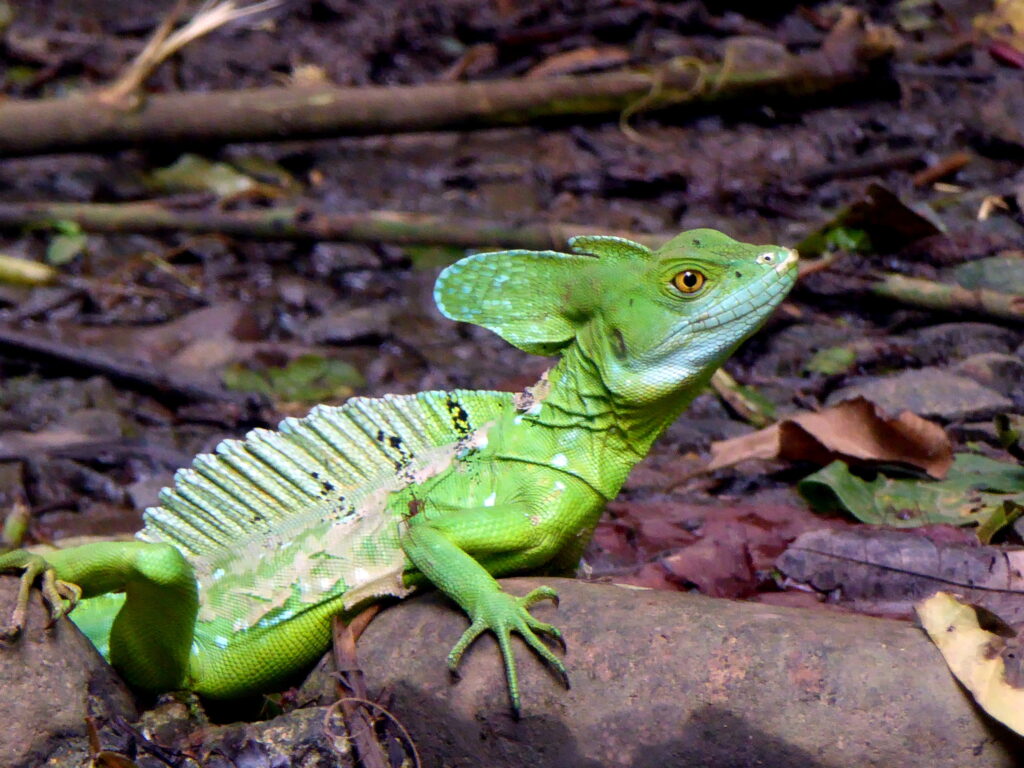
The basilisk lizard’s common name—”Jesus lizard”—reflects the obvious parallel to the biblical account of Jesus walking on water, giving these reptiles a unique place in cultural imagination. In pre-Columbian Mesoamerican cultures, basilisks held significant symbolic importance, often associated with supernatural powers and featured in religious iconography. The ancient Maya considered them connected to fertility and water deities, sometimes depicting them in art and architecture. Even today, various indigenous communities throughout the basilisk’s range include these remarkable lizards in their folklore and traditional stories. Modern popular culture continues this fascination, with basilisks appearing in nature documentaries, becoming viral video sensations, and serving as ambassadors for rainforest conservation efforts, their water-walking ability providing a compelling hook for public engagement with broader environmental issues.
Caring for Basilisks in Captivity
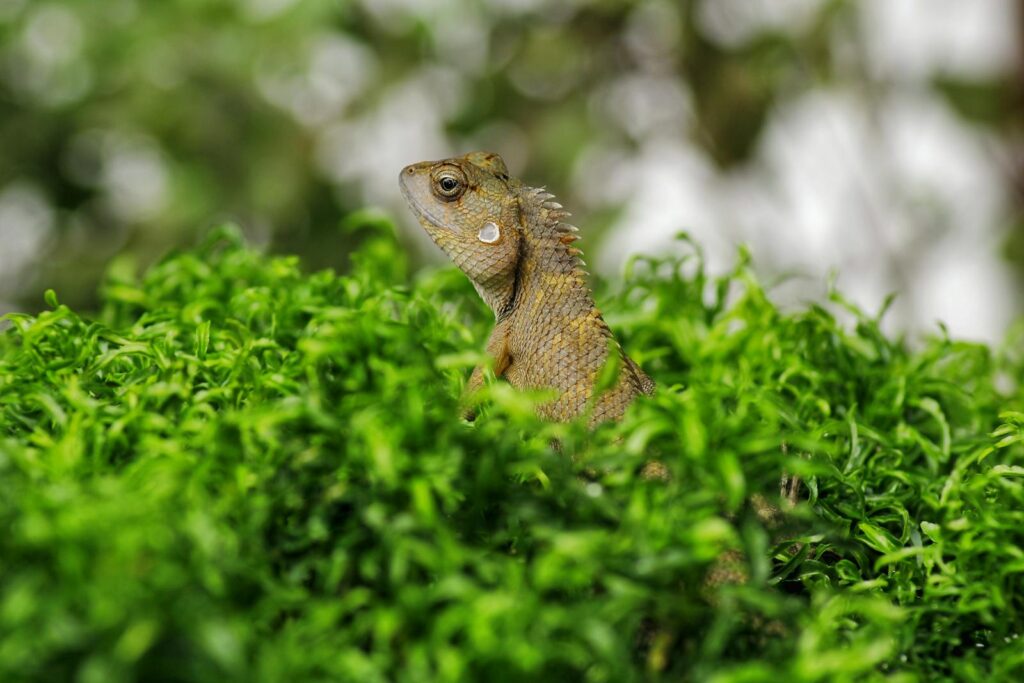
For those fascinated by these remarkable reptiles, basilisks are occasionally kept as exotic pets, though their specialized needs make them suitable only for experienced reptile enthusiasts. Captive basilisks require large, tall enclosures that accommodate their arboreal nature and provide branches for climbing and basking. Water features must be sufficiently large and deep to allow natural behaviors, including swimming and occasional water running. Maintaining proper heat gradients (75-85°F ambient with basking spots reaching 90-95°F) and high humidity (70-80%) is essential for their health. Their diet consists primarily of insects like crickets and mealworms, supplemented with occasional small vertebrates and plant matter. Perhaps most importantly, captive basilisks need secure, quiet environments with minimal handling, as stress can significantly impact their health and welfare.
Conclusion: Evolution’s Water Walker
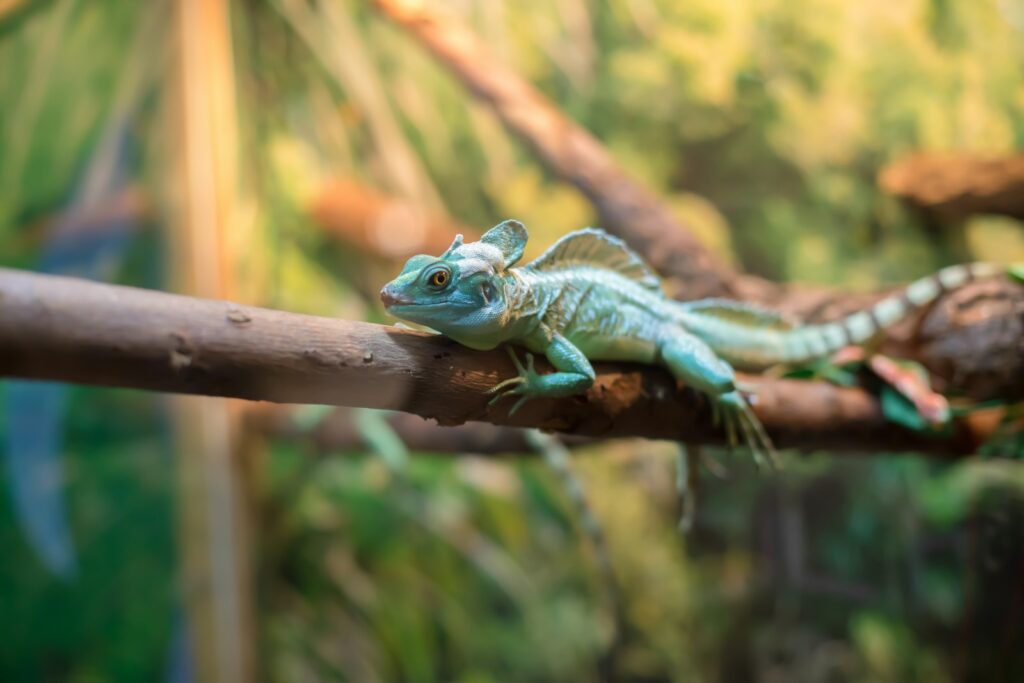
The Jesus lizard stands as a testament to evolution’s remarkable ability to craft specialized adaptations in response to environmental challenges. Through the perfect integration of anatomical features, behavioral techniques, and physical principles, these lizards have developed an escape strategy that appears almost supernatural to human observers. As we continue to study and understand the basilisk’s water-running ability, we gain not only scientific insights but also a deeper appreciation for the ingenuity of natural selection. In a world where technological advancement often overshadows natural wonders, the simple yet profound spectacle of a basilisk lizard skimming across water reminds us that nature’s engineering often surpasses our most creative innovations. These remarkable reptiles deserve both our continued scientific curiosity and our committed conservation efforts to ensure future generations can witness this extraordinary evolutionary achievement.

